Motherland
This serves as a cursory introduction to the Motherland, a setting intended to be used for Dungeons & Dragons Fifth Edition. The setting echoes the structure of the Forgotten Realms, especially in its planar structure, but with key differences.
The Races
The first is that there are only three races; humans, fae, and changelings. While it may seem limiting to only be able to pick from these, the intention of the setting is to explore the societies that have manifested in the Motherland on a more intimate level, and tries to accomplish that by narrowing the focus and developing those three more intensely.
The Pantheon
The second key change is that the pantheon of the Motherland is made up entirely of divine dragons. Gods are not mortal in any way, and their depictions and appearances reflect this idea to bring it to the forefront of players’ minds when interacting with them.
The Monsters
It’s also important to note that dragons as monsters aren’t present for a huge swath of the Motherland’s history, either teetering on the edge of extinction or completely eradicated. When they are present, they are highly intelligent and social creatures. It’s up to the DM and the players to decide if they want dragons to make an appearance, but the intention in removing dragons as monsters is to remove a bridge between mortal characters and the deities of the world.
Continents
In Motherland, there are three major continents;
Faerehnn, Pan, and Lamora.
Faerehn
The westernmost continent in Motherland is the continent of Faerehnn, completely occupied by the Fae people. It’s the second-largest continent, with a variety of climates. In the northern and western parts of Faerehnn, is an extensive mountain range, the backbone of the continent.
Off the eastern coast of the main landmass, is a well-populated smattering of islands that the Fae control, called the Eckyr, which support and sustain trade.
Pan
The easternmost continent in Motherland is the continent of Pan, home to the Changelings. Pan is made up of mostly grasslands and rainforests, and has twin mountain ranges running along the eastern and western sides of the continent, offering protection and shelter from invaders.
Off the western coast of the main landmass, is a sparsely populated collection of large islands, called the Twixt Isles. They are frequently fought over by human kingdoms and the Changelings, but neither side has the resources to gain a true foothold.
Not only is Pan the largest continent, but the main landmass is also solidly connected to the icy plains of the Arctic North. Changelings have spread out to the north, the only group capable of establishing cities and ports in the unforgiving cold.
Lamora
The middle child of the Motherland, Lamora is situated between Pan and Faerehnn. It’s the smallest continent by far, barely half the size of Faerehnn, and mostly temperate forests and grasslands. In the middle of the continent is a ring of mountains, guarding an almost completely untouched old growth forest. The rest of the continent is densely populated, and split into a number of kingdoms. There are nine in total, and the most powerful are Vamira, Haven, and Vellan.
Vamira
Vamira is in the northern part of Lamora, close enough to the arctic circle that some parts of it are covered in snow year-round. They have the most land of any of the other kingdoms, with most of the population living inland in the forests, and are hardy fighters, trappers, and hunters. Vamira is one of the few kingdoms which have successfully staved off invasion, controlling the icy water to the north, and the great roads running through them with an iron fist.
Haven
Haven is in the southwestern part of Lamora, on a peninsula that holds a number of port cities. They ship builders, fishers, and traders, with most of their population on the coast. Because of their proximity to the equator, the inland climate is mostly savannah plains. There’s quite an intermingling of cultures in the cities of Haven, with fae, human, and changeling alike gathering for trade.
Vellan
Vellan is in the eastern part of Lamora, mostly grasslands around brackish rivers, and coastal regions. They are one of the few kingdoms that have started to move inland, attempting to tame the mountains and even penetrate the ancient forests that they protect. They have found success as metalsmiths and miners, and provide weapons and armor to more than a few of the surrounding kingdoms.
The Edges of the Map
There are a few other places, less populous but still present.
Off the northwestern coast of Ferehnn is Maerland, a large island that is mostly inaccessible because of the mountains blocking it.
West of the southern tip of Faerehnn is the Lonely Gulf, with a few islands, tiny and too close to the antarctic circle. They are mostly frozen bogland.
Aptly named, the East Isles are off the eastern coast of Pan, occasionally occupied by changeling bird clans during winter, but empty for the rest of the year.
That’s only the known world, however. There are myths and legends of a far land, a continent of only sand, and stories of people who live on the water.
Perhaps there are secret places and people out there, but the people of Motherland are just a bit too occupied with their current conflicts to go exploring into places they might not return from.
Languages
With only three races, there are fewer languages. Please keep in mind that the non-standard languages listed are present in the world, but never or rarely spoken because there are few or no speakers. As always, ultimately it is up to the DM and players if a character should start with one of the non-standard languages, but as a rule of thumb they should not.
Standard Languages
| Language | Typical Speakers | Script |
|---|---|---|
| Fenn | Fae | Fenn |
| Panen | Changelings | Panen |
| Common | Fae, Changelings, Humans | Fenn |
Other Languages (optional)
| Language | Typical Speakers | Script |
|---|---|---|
| Draconic | Dragons, Dragonlords | Draconic |
| Archaeic | Deities | Draconic |
Mythology
There are other minor religions in Motherland, but most people in Motherland worship the Mother, and all of her children. The creation stories differ from culture to culture, with some deities missing here and there, but most believe that the Mother created the earth and gave it to her twin children, the deity of the Sun and the deity of the Moons to guard it and care for it.
Major Deities
The Mother
The Mother is a Gaia-esque figure, a dragon made of stars and light. She created the universe and all of her children to care for it, and is most often depicted as sleeping. She is a benevolent deity, but she does not meddle in mortal affairs, and is never a patron of clerics or paladins.
God of the Sun
Eaneas, one of the Twins, is the deity of the sun. She has one eye, the other clawed out by her twin, which is the very sun that orbits the Motherland.
Domains. Light, Protection, War.
God of the Moons
Eanador is her sister, the deity of the moons. Motherland has five moons, dim and pale, because they are the eyes of Eanador, who has been blinded by her twin’s fiery breath. The Twins rarely become patrons of clerics or paladins, too busy with their task of guarding the world or fighting each other.
Domains. Twilight, Protection, War.
Minor Deities
God of Chaos
Nevineas is the deity of chaos. She is one of the eldest of the minor gods, resulting from the fighting between the Twins, and represents war, destruction, anarchy, and the decay of all things. She is allied with Eaneas, and her twin is Neuramor.
Domains. Forge, War, Death.

God of Order
Neuramor is the deity of order. While the Twins were fighting, Neuramor sprang forth from the dreams of the Mother, and represents peace, symmetry, and control. She is allied with Eanador, and her twin is Nevineas.
Domains. Order, Peace, City.
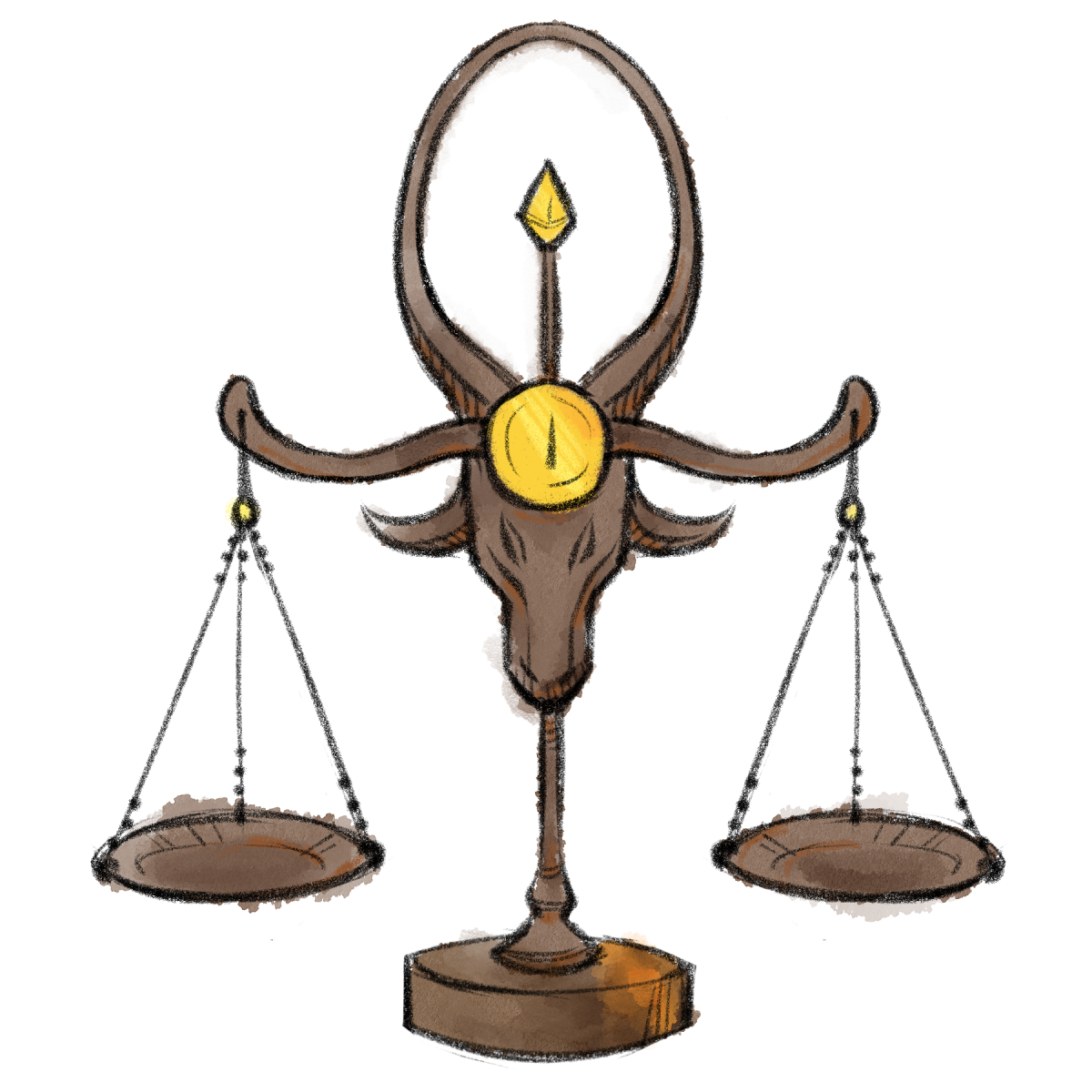
God of the Nonliving
Phedeas is the deity of the nonliving. She gave the Motherland its foundation of rock, represents earth, gems, weather, and the elements, and is responsible for guarding them. She is allied with Eaneas, and her twin is Pheynor.
Domains. Forge, Tempest, Protection.
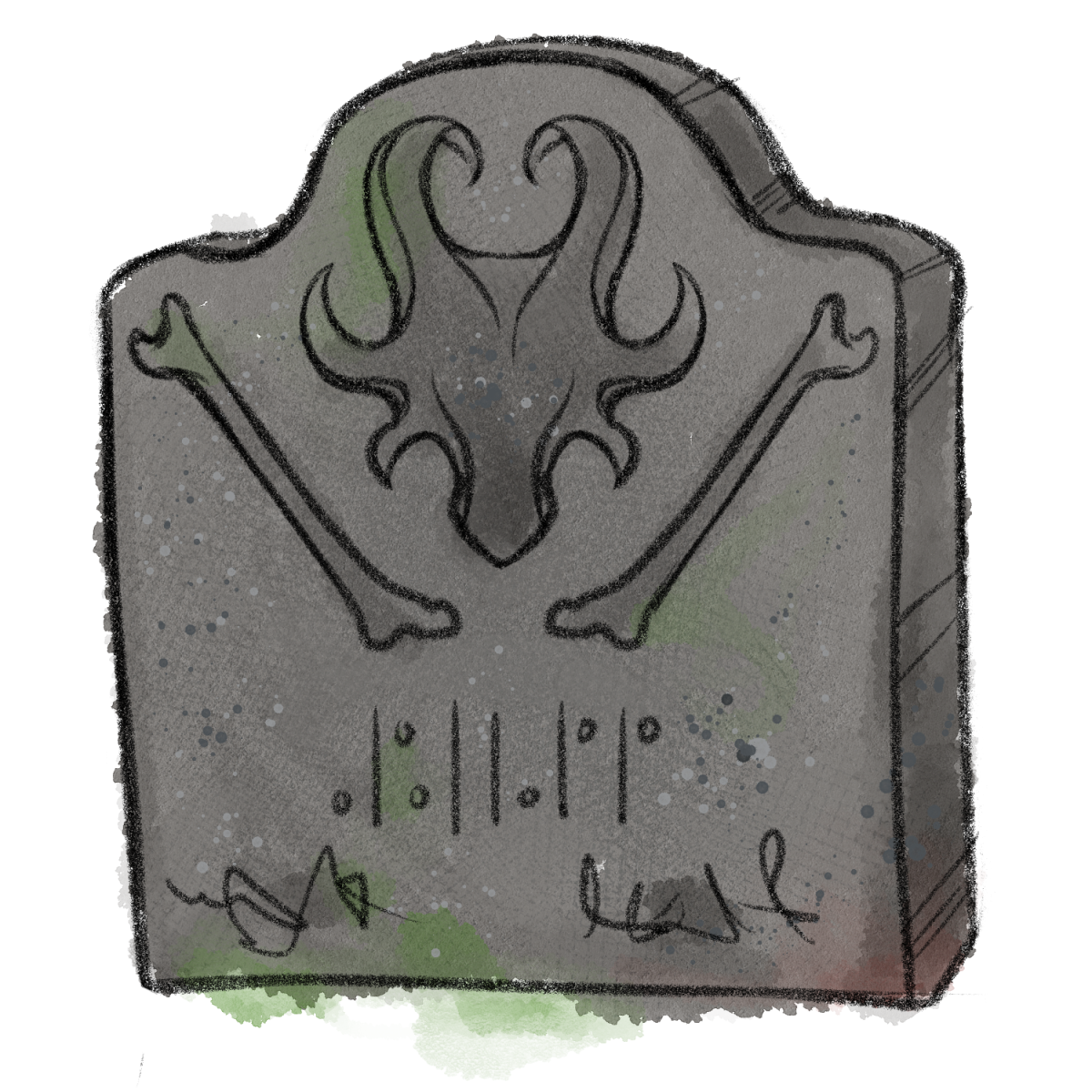
God of the Living
Pheynor is the deity of the living. She gave the Motherland the life that flourishes on it, represents animals, plants, and people, and is responsible for guarding them. She is allied with Eanador, and her twin is Phedeas.
Domains. Life, Nature, Protection.
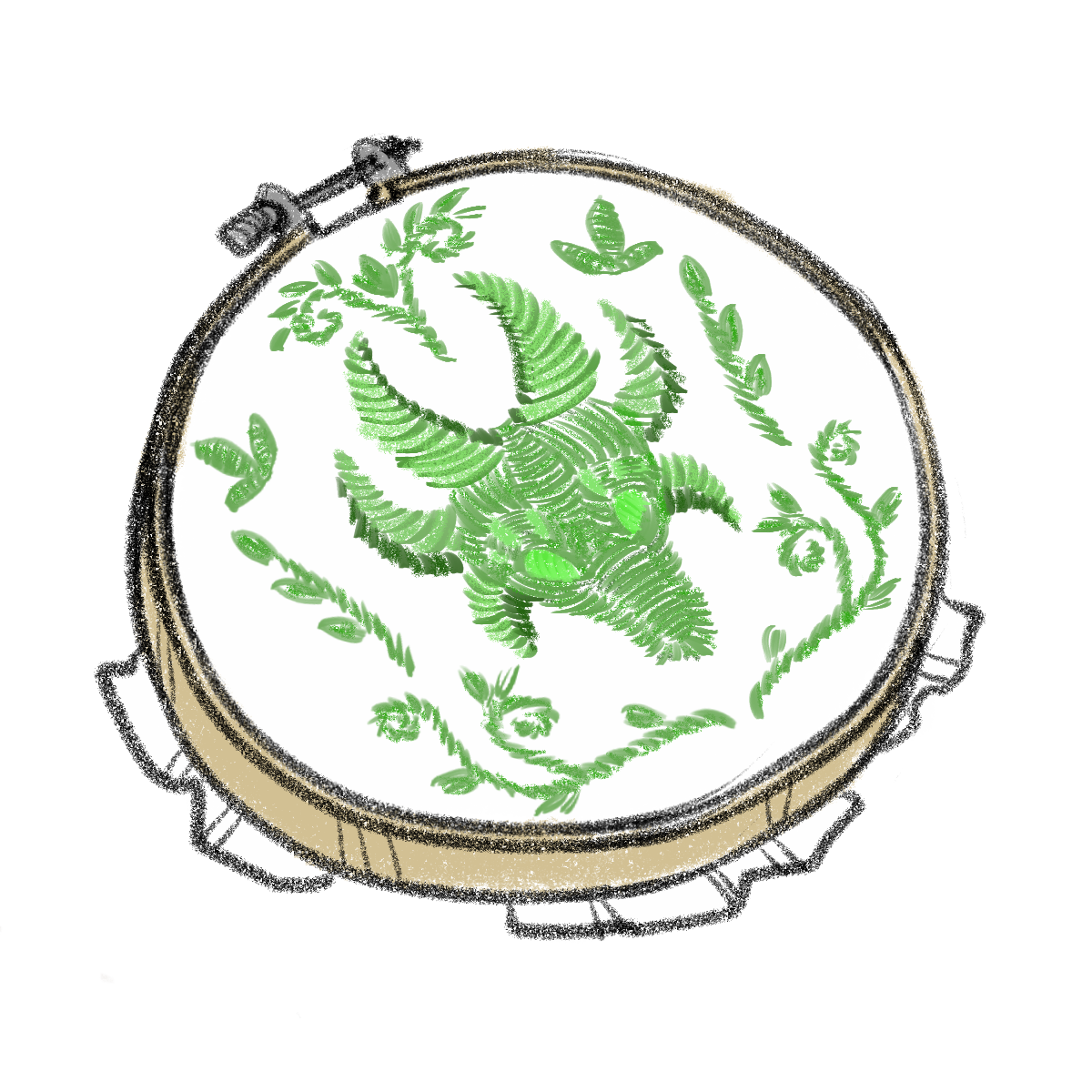
God of the Known
Caexeus is the deity of the known. She is the second youngest deity and represents all of history, as well as traditions, memory, and knowledge. She is allied with Eaneas, and her twin is Camukdor.
Domains. Arcana, Knowledge.
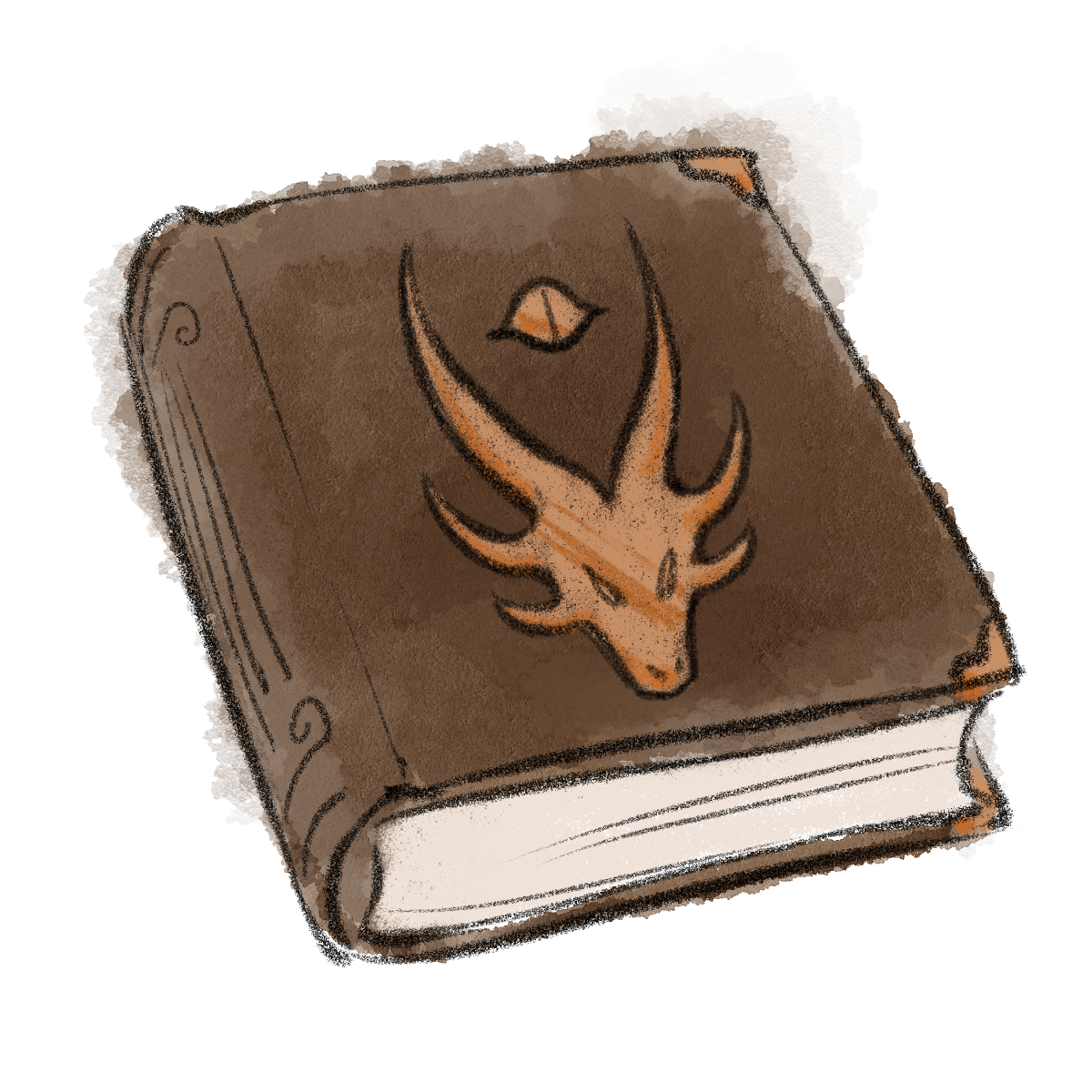
God of the Unknown
Camukdor is the deity of the unknown. She is the youngest deity, created along with the first secret, and represents all hidden things, the future, the void, and the spirit of adventure. She is allied with Eanador, and her twin is Caexeus.
Domains. Trickery, Twilight.
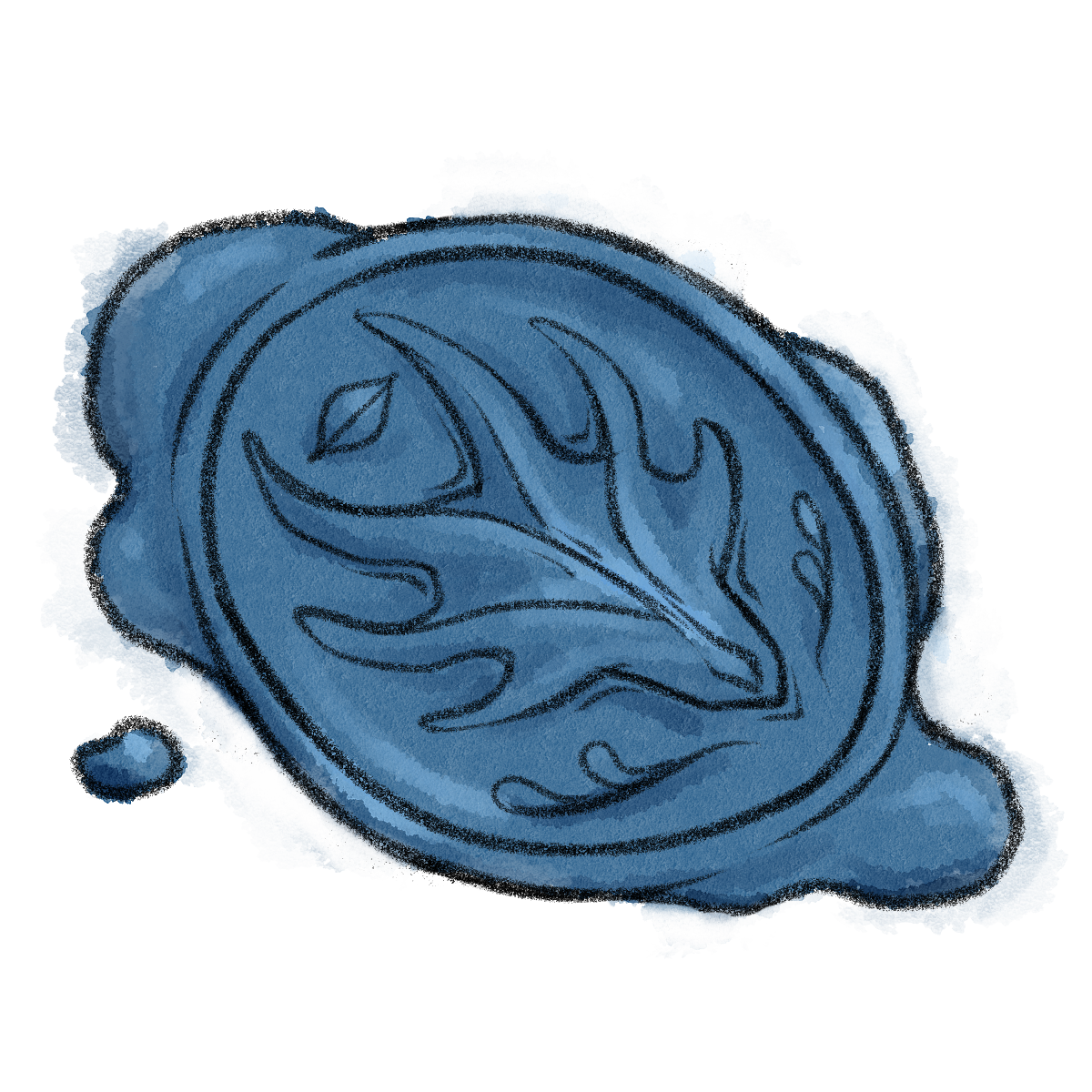

The Fae
The fae are a powerful and
prideful race, wielding
elemental magic and
living in strict social
castes according to
their bloodlines and
their inherited
element. The upper classes are
military-minded and flourish in
times of conflict, but also enjoy the
lavish parties and wealth because of
their connections to the Court.
The lower classes tend to be
merchants, farmers, or skilled
craftsmen, often trampled
underfoot by the upper classes,
but hardy and resilient.
Court Life
Their society is centered around highly
local courts, of which there are many, that
have a matriarchal/neutriarchal structure.
A court’s queen rules over the surrounding
areas by force, and has power over the
other courts either because of military
force or because of trade power.
Warring between courts is not uncommon,
but is usually restricted to land disputes in order
to save true shows of force against the other continents.
The courts are ruled over by one High Court, and a subsequent High Queen, a position that isn’t elected for, but is taken by force.
Clothing and Appearances
In appearance, the fae are fairly androgynous - at least to other races. All clothing is gender neutral in their eyes, and clothing is therefore usually indicative of status. Those who do hard labor wear pants and tunics, they wear leathers and furs because they hunt and keep animals.
The wealthy can wear extravagant skirts and dresses because their lifestyle affords it; they wear silks and armor because court fashion demands it. Fae also tend to be well built, laziness considered an unacceptable trait regardless of social status. Lower classes are strong from labor and work, and the elite are strong from continual battle training.
Fae Traits
Your fae has the following racial traits.
Ability Score Increase. Your Dexterity score is increased by 2.
Age. The fae typically have a lifespan similar to changelings, a few decades longer than humans. Unlike changelings, however, they tend to begin puberty a bit later, around the age of 20, and claim adulthood at the age of 25.
Alignment. The upper class fae, being military-oriented and having cunning minds for navigating Court life, tend toward neutral or lawful alignments. The lower class fae tend to also be neutral aligned, but are less often lawful aligned.
Size.
The fae tend to be quite tall, usually around 6 feet. Your size is medium.
Speed. Your base walking speed is 30 feet.
Darkvision. Your inherited magic has sharpened your senses. You can see in dim light within 60 feet of you as if it were bright light, and in darkness as if it were dim light. You can’t discern color in darkness, only shades of gray.
Keen Senses. Your enhanced senses give you proficiency in the Perception skill.
Fae Ancestry. You have advantage on saving throws against being charmed, and magic can’t put you to sleep.
Languages. You can speak, read, and write Common and Fenn.
Elemental Divide.
The fae people are divided by their elemental magic. Their affinities for an element are genetically passed down, and the castes of Fae society are highly separated. The type of Fae you are, has an effect on your upraising and therefore your skills.
With a Grain of Salt
As always, these elemental types and their subsequent skills are merely guidelines for creating a character. Speak with your DM if you feel that you want different weapon proficiences, skills, etc. Swap out the spells (with permission) and make something new.
Fire Fae
As a light fae - not a fire fae, the term is so crass - you know the power of light. Light and heat gives life and sustenance, and it burns and razes. Every living thing depends on light, the world turns because of the light of day. You are deeply connected to the sun, and have an appreciation for its power. You also have the highest standing in society, and because of your nobility, you will have had incredible military training at home or at an Academy. Your life in the Court has given you the ability to manipulate conversations and battlefields alike.
Fire Fae Traits
Your fire fae has the following traits.
Ability Score Increase. Your charisma score is increased by 1.
Upper Class Training. You have proficiency with the rapier, dagger, longsword, and longbow.
Elemental Magic. You know the Produce Flame cantrip. When you reach 3rd level, you can cast Hellish Rebuke at 1st level, once per long rest. When you reach 5th level, you can also cast Continual Flame.
Charisma is your spellcasting ability for these.
Touch of Fire (Optional). As a mutation from the elemental magic you wield, you gain 1 attribute that expresses your connection to light, heat, and flame. For example: glowing eyes.
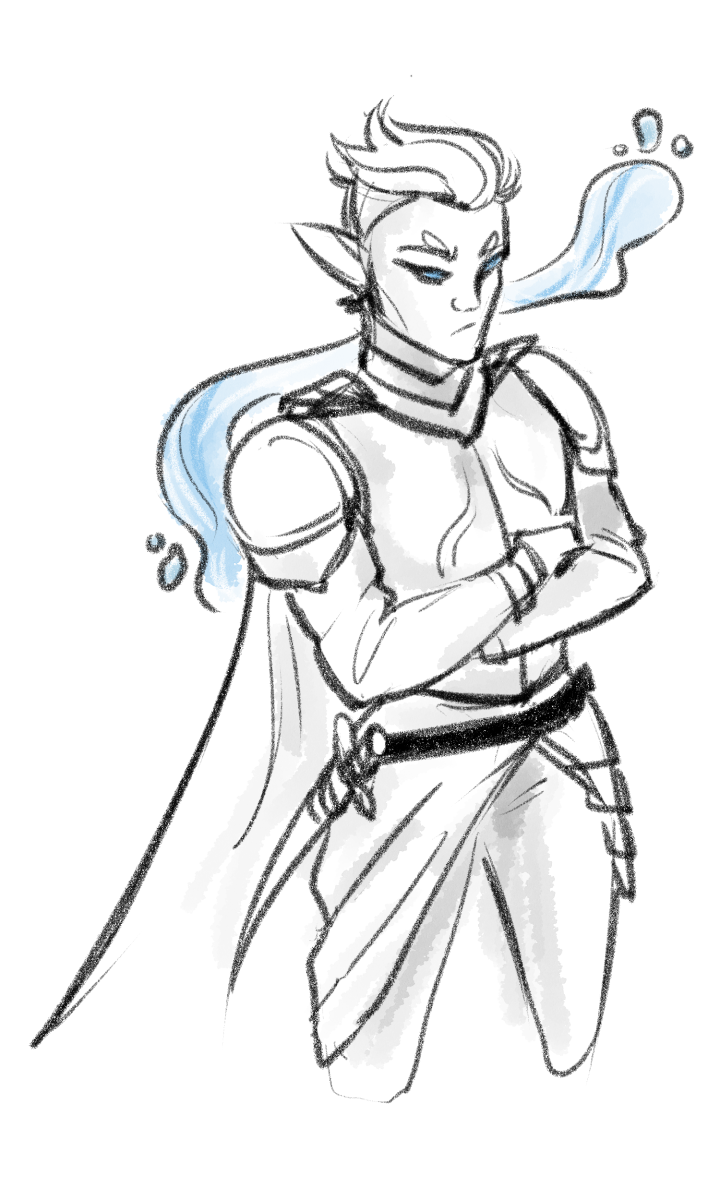
Water Fae
As a water fae, you can feel the power of the water ever present. Water erodes and destroys, but it also gives life. Every living or dead thing kneels to the unmistakable power of the tides. You are deeply connected to the moons, and to the ocean, and have an appreciation for them.
You also have a higher standing in society than many, and because of your connections to nobility, you would have had military training at home or at an Academy. Your life in the upper echelon has lended you a great deal of cunning, both in battle and out.
Water Fae Traits
Your water fae has the following traits.
Ability Score Increase. Your intelligence score is increased by 1.
Upper Class Training. You have proficiency with the rapier, glaive, longsword, and longbow.
Elemental Magic. You know the Spare the Dying cantrip. When you reach 3rd level, you can cast Create or Destroy Water at 1st level, once per long rest. When you reach 5th level, you can also cast Skywrite.
Intelligence is your spellcasting ability for these.
Touch of Water (Optional). As a mutation from the elemental magic you wield, you gain 1 attribute that expresses your connection to water, blood, and air. For example: very visible, dark blue veins on the skin.
Nature Fae
As a nature fae, you can feel the power of life all around you. Every living creature, plants and animals alike, have an elemental spark inside of them. You are deeply connected to all living things, and therefore have an appreciation for them.
However, you are also a lower class of fae, sometimes mistaken for an earth fae, and as such you have not received much in the way of formal training. Instead of military training, you have likely grown up learning to care for plants or animals, or specializing in a craft. Your life as a lower class has made you resilient, though, and skilled with your hands.
Nature Fae Traits
Your nature fae has the following traits.
Ability Score Increase. Your dexterity score is increased by 1.
Rural Training. You have proficiency with the shortsword, shortbow, longbow, and spear.
Elemental Magic. You know the Druidcraft cantrip. When you reach 3rd level, you can cast Animal Friendship at 1st level, once per long rest. When you reach 5th level, you can also cast Locate Animals or Plants.
Wisdom is your spellcasting ability for these.
Touch of Nature (Optional). As a mutation from the nature magic you wield, you gain 1 attribute of a creature or plant. For example; a patch of skin turned to bark, or the tail of a cow.

Earth Fae
As an earth fae, you can feel the strength of the earth everywhere you go. The dirt and rock is what grounds us, and its metal is what gives us the ability to defend ourselves. We would be lost without solid ground under our feet, without a weapon in hand. You are deeply connected to the things that are not alive, clay and rock and gem alike, and have an appreciation for them.
You are also a lower class of fae, sometimes mistaken for a nature fae, and have not received some of the formal training others have. Instead of learning how to go to war, you have likely grown up learning to hunt or specializing in a craft. Your life has made you hardy, though, and resilient.
Earth Fae Traits
Your earth fae has the following traits.
Ability Score Increase. Your Constitution score is increased by 1.
Upper Class Training. You have proficiency with the quarterstaff, shortbow, mace, and spear.
Elemental Magic. You know the Resistance cantrip. When you reach 3rd level, you can cast Heroism at 1st level, once per long rest. When you reach 5th level, you can also cast Locate Object.
Constitution is your spellcasting ability for these.
Touch of Earth (Optional). As a mutation from the elemental magic you wield, you gain 1 attribute that expresses your connection to earth and rock. For example: a patch of skin that looks like a precious gem or stone.
The Changelings
Changelings are humanoids with the
capacity to turn into beasts and
beast-humanoid hybrids. Their bestial
forms are as varied as the natural world,
from amphibious to mammalian to
insectoid, but tend to be of a larger size
than what is found in nature.
Changelings inherit their shapes from their
parents, but some clan elders say that the
bestial forms can be influenced by the
personality of the person.
Changeling Society
Changelings are largely organized
around family units. The most
recognizable family unit is the
family clan, most often made up
of blood-relations, but members
could also be tied by certain types
of marriages. Family clans can be
highly insular in some respects. They
aren’t closed to other families, but they
tend to be very tightly knit.
Clades & Covens
Clans organize themselves into clades, groups
of families which either associate together because
of the same/similar animal types (ungulates
associating with ungulates, etc.) or because
of physical proximity.
Clades are then organized into covens,
which meet four times a year in central
locations with strong associations with the
clans, sometimes spiritual.
Migration
While changelings may be nomadic, clans tend to return annually to established structures. In the summer, for instance, a clan of savannah ungulates may move north to where they’ve established a temple and meeting hall in cooler landscapes, and in the winter move south again, where they have similar buildings, most of which are open-air structures and built to withstand the elements in the area.
Clan members will either take tents and lean-to structures with them when they move, or build them anew each season with materials available in the area.
Shapeshifting
Because of intermingling between clans, in the past hundred years, more and more changelings are born with mixed beast forms, as couplings between different groups grows in frequency.
Those who live in the cities tend to embrace “mixed changelings”, others who have lived in the isolated clan life tend to find “mutts” unnatural, as their bestial forms are never found in the natural world.
In general, changelings have a very positive attitude toward their bestial forms. Most believe their shapeshifting ability harkens back to a time when they had the capacity to turn into any creature, or that they are descended from the demi-god dragonlords of old.
Because of the belief that the bestial form can be shaped by one’s personality, they tend to view the beast form as themselves, and not as a separate entity (like werewolves of modern media).
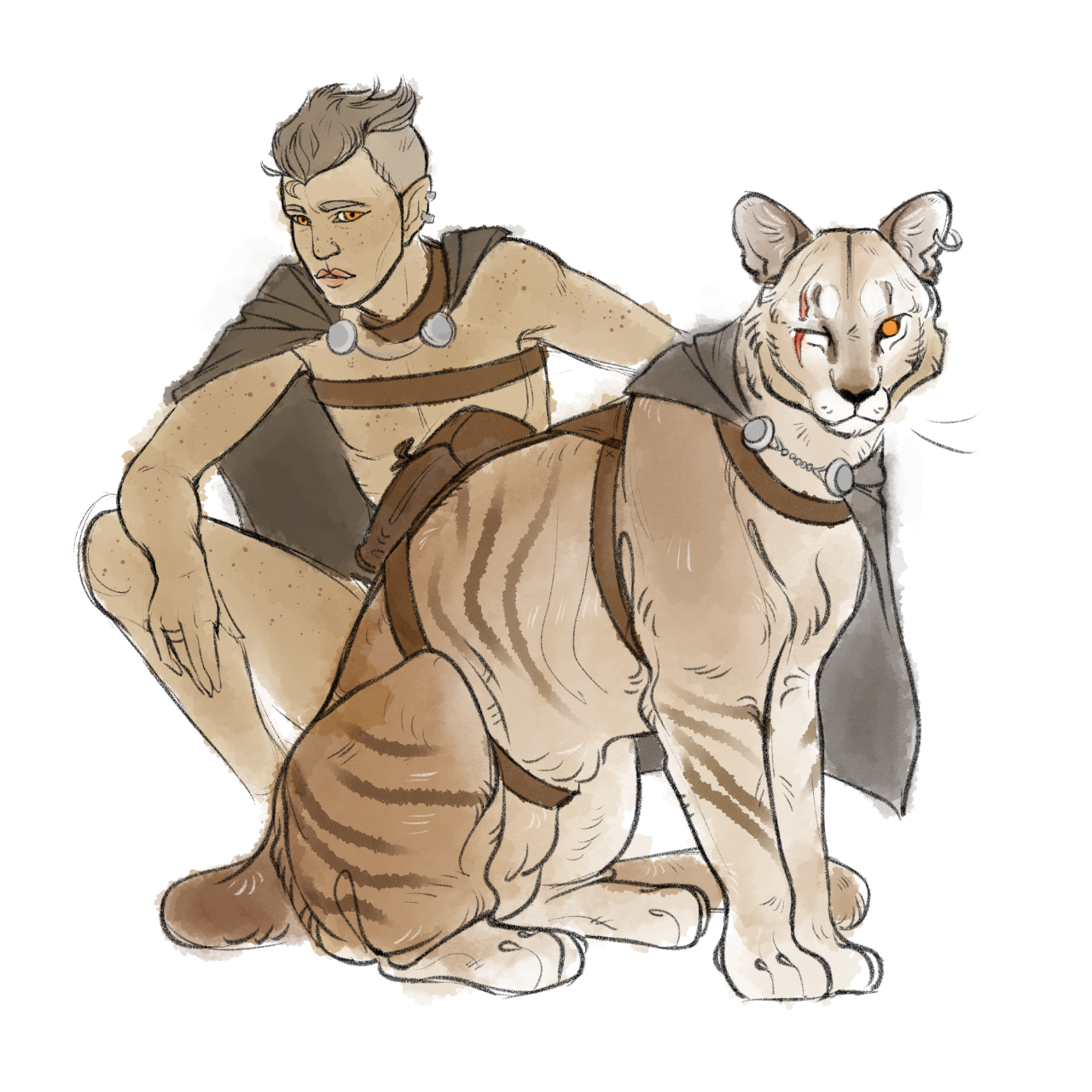
Changeling Traits
Ability Score Increase. Your Strength score is increased by 2, and your Wisdom score is increased by 1.
Age. Although they have humanoid forms, changelings tend to live a decade or so longer than humans, around 110, similar to a fae’s lifespan. They claim adulthood at around the age of 24.
Alignment. Because of their dedication to the clan, most changelings aren’t neutral aligned, and tend not to be chaotic aligned either. But some do strike out on their own, either living in mixed cities or travelling to other continents.
Changeling Traits (Cont.)
Size. In their humanoid form, changelings look similar to humans, with the occasional errant bestial trait (such as pointed ears, horns, or a tail). Your size is Medium in your humanoid and hybrid forms, but may be Medium or Large in the bestial form.
Speed. In your humanoid form and hybrid form, your base walking speed is 30 feet. Your speed in beast form depends on the beast.
Darkvision. You can see in dim light up to 60 feet, as if it were bright light, and in darkness as if it were dim light. Depending on your beast, you may only see shades of gray in darkness, or you may have sonar hearing, or infravision.
Languages. You can speak, read, and write Common and Panen.
Mark of the Beast (Optional). In your humanoid form you may have 1 or 2 innocuous traits that may indicate your bestial form. For example, you may choose to have the eyes, horns, tail, patches of scales, fur, or feathers that relate to your beast. Make sure to get the approval of your DM on each of these traits.
Shapeshifter. Changelings possess the magical ability to assume two alternate forms; the hybrid and bestial forms.
Shapeshifting
As a bonus action you may change from your humanoid form to your hybrid form, or from hybrid to bestial, and you may revert from your bestial form to hybrid, or from hybrid to humanoid. However, it requires a full action to change from humanoid to fully bestial, and a full action to revert back.
At 1st level, you may change into your bestial form once per long rest, and into your hybrid form twice per long rest.
A bestial transformation is used when a changeling transforms from humanoid to bestial, then reverts back. A hybrid transformation is used when a changeling transforms from humanoid to hybrid, then reverts back, or when they transform from hybrid to bestial, then reverts back.
Therefore, a changeling may use two of its hybrid transformations to attain their bestial form.
Transformations
| Character Level | # of Hybrid Transformations | # of Bestial Transformations |
|---|---|---|
| 1st | 2 | 1 |
| 6th | 4 | 2 |
| 17th | 8 | 4 |
For every hybrid transformation over their max, a changelings takes 1 point of exhaustion. For every bestial transformation over their max, they take 2 points of exhaustion.
Hybrid Form
In your hybrid form, you take on traits of your beast, yet remain mostly humanoid. In this hybrid form you may use weapons, wear armor, and carry equipment normally.
You have proficiency with your claws/kick and bite, if your beast has them. Claws deal 1d4 slashing damage, and are considered light weapons. If your beast form does not have claws, you have a kick attack that deals 1d4 bludgeoning damage. A bite deals 1d4 piercing damage.
In addition, you gain an advantage on Intimidation and Perception checks. You gain a disadvantage on all Intelligence checks, and all other Charisma checks.
Bestial Form
You assume the form of your beast.
Weapons and Armor
You have proficiency with your claws/kick and bite, if your beast has them. Your claws do 1d6 slashing damage or your kick does 1d6 bludgeoning damage. Your bite does 1d6 piercing damage.
In this form you cannot use weapons, or benefit from wearing armor, unless the armor has been magically modified to change with your form.
Bestial Traits
Your speed is 30 - 50 feet, based on your beast form. Pick a beast creature to emulate.
In addition, you gain an advantage on Intimidation and Perception checks. You also choose to have an advantage on all Strength checks or all Dexterity checks. You gain a disadvantage on all Intelligence checks, and all other Wisdom and Charisma checks.
If an animal/beast is similar enough to yours, while you’re in your beast form you can speak with that animal/beast. Conversations will, however, be extremely basic and primitive. You do not have a disadvantage on Charisma checks when speaking with this animal.
Extremophile (Optional). If a changeling's beast form is adapted to extreme terrain, that terrain becomes favored while in beast form, meaning difficult terrain in that type cannot slow your group’s travel.
Even when in humanoid/hybrid form you cannot get lost except through magical means, and you can always find food and water (if available) for up to 5 people.
However, opposing extreme terrains may become difficult terrain in beast form, or cause you to gain a point of exhaustion if you spend more than 16 hours in it.
Extremophile Examples
| Origin Environment | Difficult Terrain Environment |
|---|---|
| Arctic | Desert |
| Swamp | Mountains |
| Jungle | Tundra |
These are only suggestions for environments that would become difficult terrain. Take into account the traits of your animal form when picking an environment for yourself.
Boons
When a player has achieved significance in the eyes of a deity, they may be given a divine quest and gifted a boon to help them. These are impossible items, created by the gods and meant to aid players in their divine quests.
In order to receive a boon, the player will be asked to give up something meaningful to them, abstract or physical, and if their sacrifice is considered worthy by their patron deity, the boon is granted.
Invigoration
All boons have two stages, hibernal and invigorated. When the Player receives the boon, it is automatically in its hibernal stage, with lesser abilities. When the Player embraces the domain of their patron deity and takes significant steps towards their divine quest, their boon becomes invigorated and grants them access to greater abilities.
Boons can be customized or created whole cloth to suit the player, their quest, and their relationship to their deity. Here are some examples of boons, which can be altered or used as a template.
Purple Dragonscale
Boon from the God of Chaos
Artifact, Requires attunement.
Appearance. A dragon scale that is palm-sized, and an iridescent, deep purple color.
Once the user is attuned to this item, while wearing it, they gain a +2 to AC against any melee attack made by dragonkin creatures. If the attack requires a saving throw, the user gains a +2 to their save.
Invigorated. The attuned person may now choose another creature type (aberrations, celestials, constructs, elementals, fiends, giants, monstrosities, oozes, plants, or undead), and while wearing it they gain a +2 to AC against any melee attack made by that kind of creature. If the attack requires a saving throw, the user gains +2 to their save.
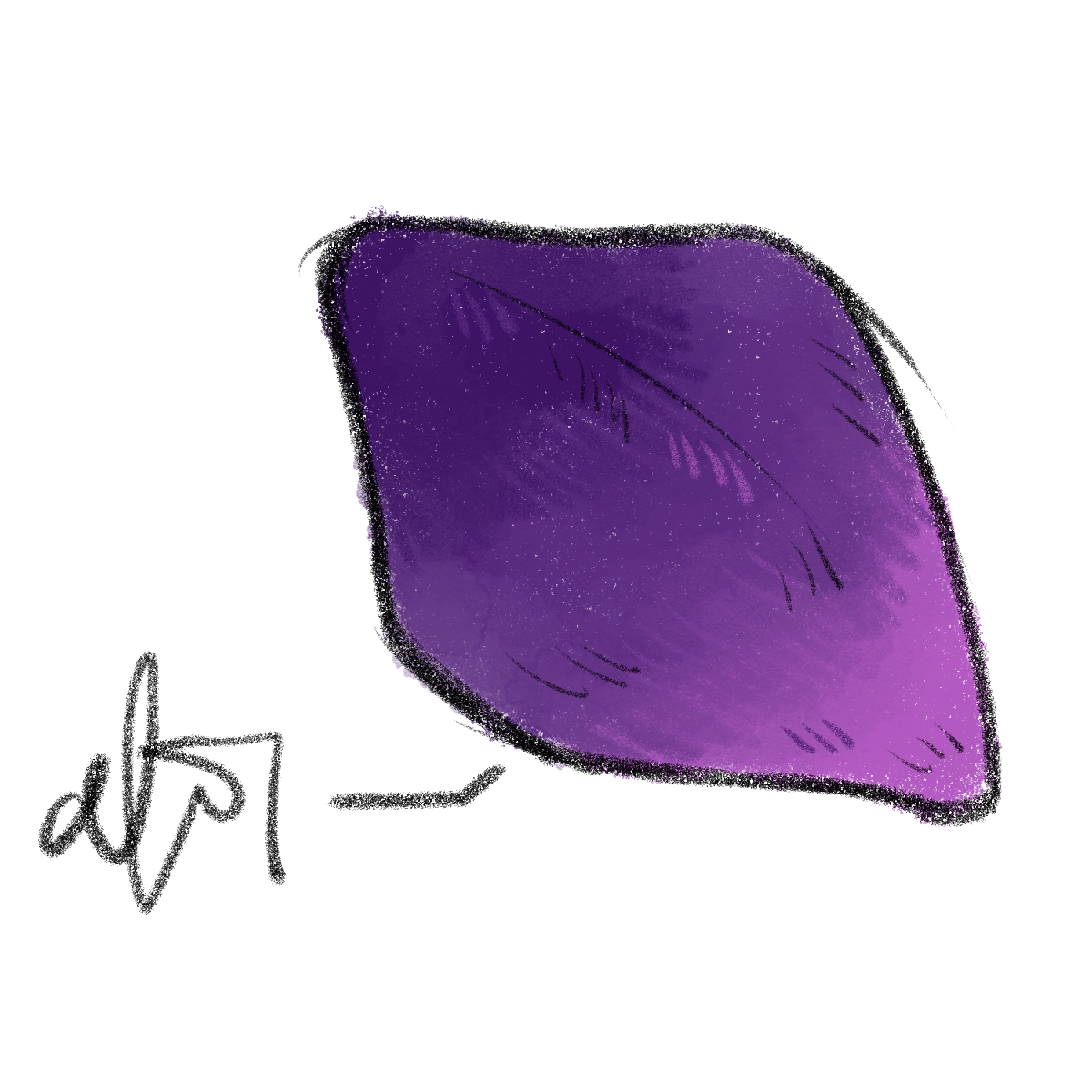
City Medallion
Boon from the God of Order
Artifact, Requires attunement.
Appearance. An ivory medallion with gold inlay, carved with a facade depicting Bytopia, the plane of twin cities.
Once per long rest, the attuned user can cast Calm Emotions on a single person or creature.
Invigorated. Once per week, the attuned user can cast Calm Emotions, and the spell’s duration is up to ten minutes.

Red Glass Vial
Boon from the God of the Nonliving
Artifact, Requires attunement.
Appearance. This is an absolutely beautiful vial, crafted from red-tinted glass, with inlay in the shape of serpents, flame, and spirals. Inside the vial is a small mound of embers.
Once per day, the one attuned to this item can spill a drop of their blood into the embers, and it will generate a Lesser Potion of Healing that grants 1d4 + 2 HP when used. The user takes 1d4 damage when they use their blood for it.
Invigorated. Once per day, the one attuned to this item can spill a drop of blood (theirs or anothers) into the embers, and it will generate a Potion of Healing that grants 2d4 + 4 when used.
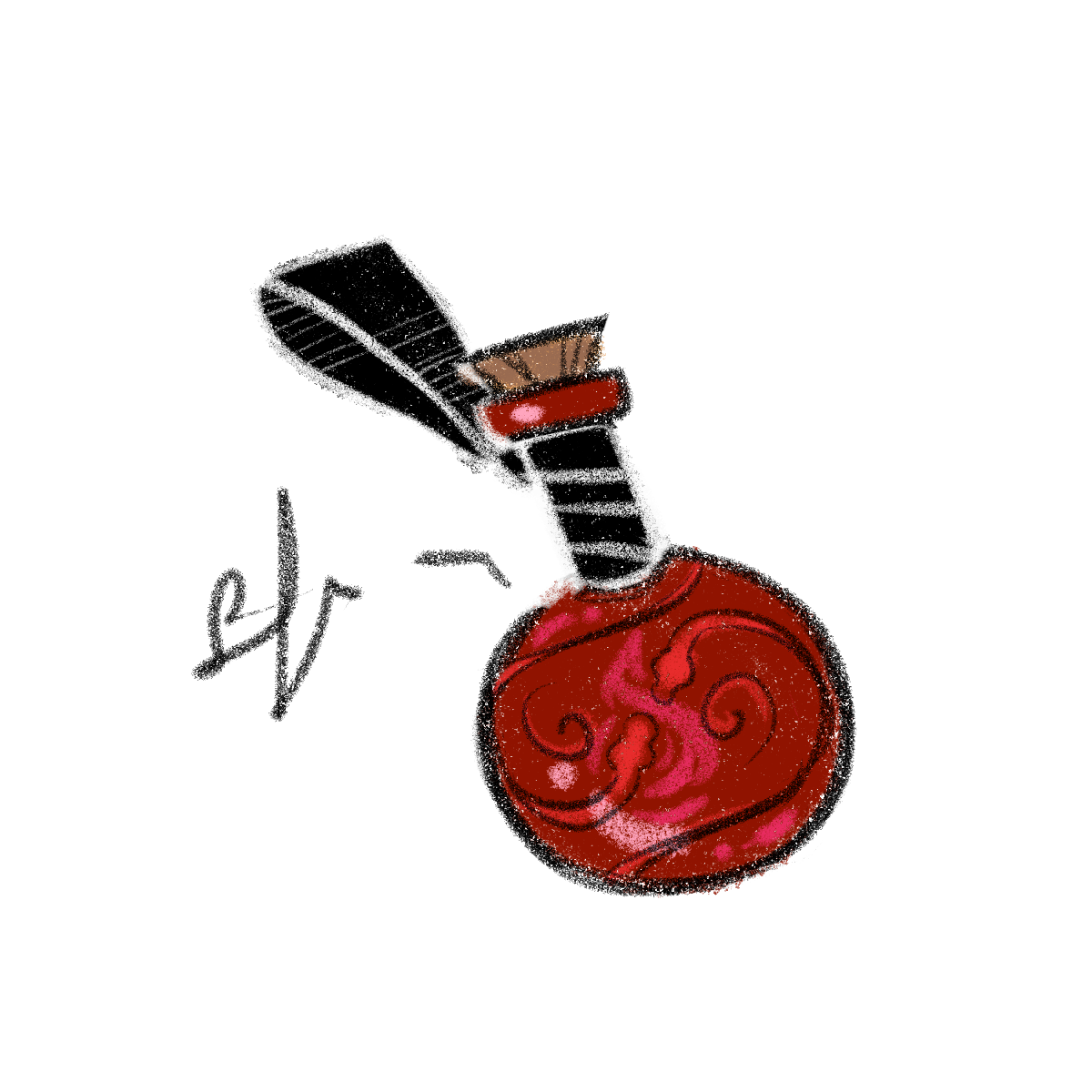
Carved Hummingbird
Boon from the God of the Living
Artifact, Requires attunement.
Appearance. A small wooden carving of a hummingbird, lifesize. It has moss growing on it that cannot be cleaned off, and is slightly warm to the touch.
Once per long rest, the hummingbird carving can act as an additional spell slot of a level that is half the player’s total level or lower. The user must specify which level and which spell the bird will hold, and spend the spell’s casting time to store it (their actual spell slots will not be depleted doing so). After a day, if the spell slot has not been used, it disappears.
Invigorated. Once per long rest, the hummingbird carving can act as an additional spell slot of a level that is half the player’s total level or lower. They do not need to specify which level or spell. After a day, if the spell slot has not been used, it disappears.

Traveling Scroll Case
Boon from the God of the Known
Artifact, Requires attunement.
Appearance. A beautiful scroll case made from tin, painted black with orange feathered serpents. Once per day the letterbox can be used to send a message to someone you know.
You place the letter inside the case (other objects will not work) and speak the activation word. It will then be teleported to the intended recipient. After 1 hour, the case will automatically return, unless the recipient also knows the activation word. If they do, they can send a letter back before the hour is up.
Invigorated. The letterbox can now carry items, up to 2 ft by 2ft by 2 ft (don't ask how they fit in the case, they just do). It can also send to recipients even if they are on different planes.
In the event, however, that the letterbox is sent to such a recipient, there is a small chance for something strange to happen. Roll a 1d100 and if the result is over 95, roll a 1d10.
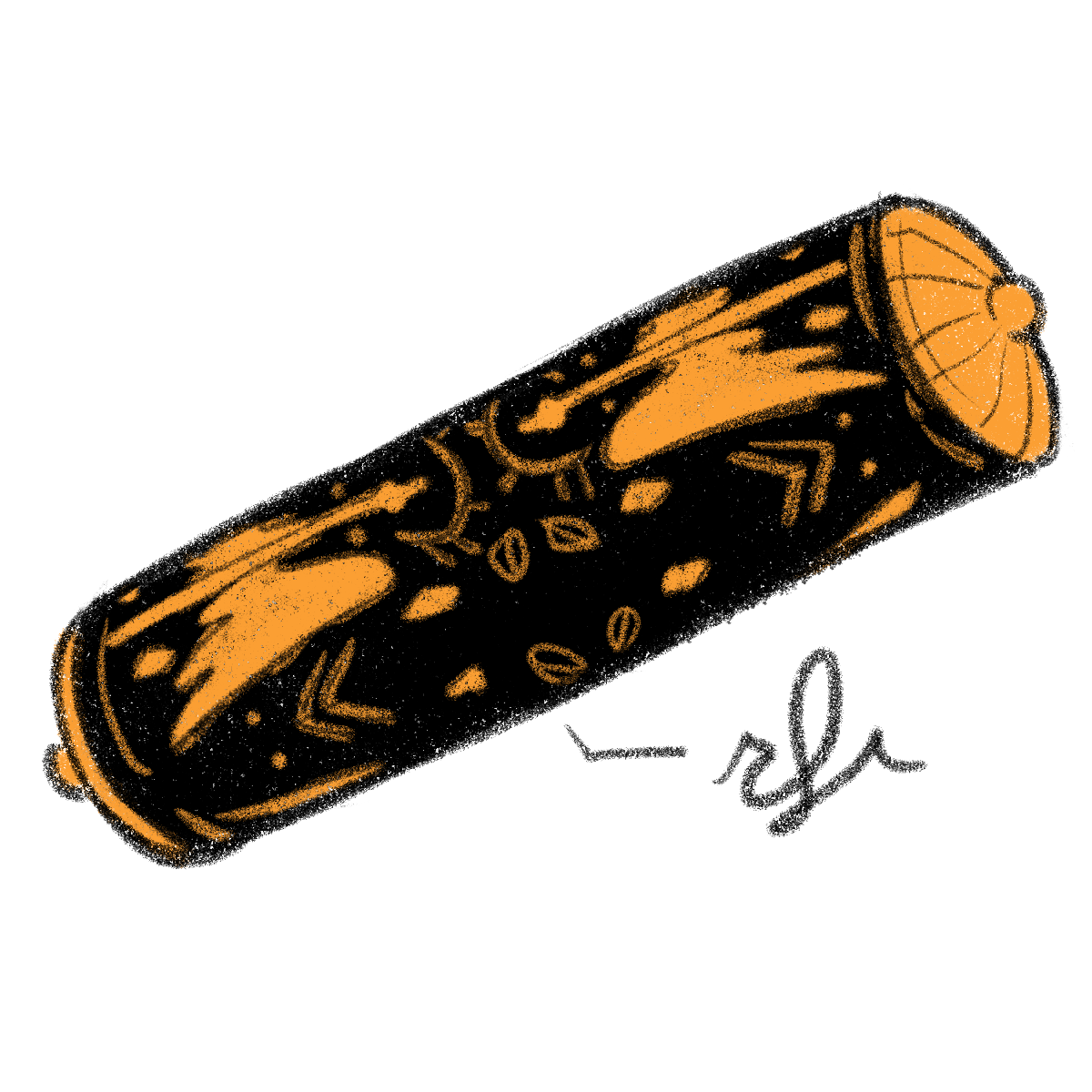
Random Event Upon Return
| d10 | Event |
|---|---|
| 1 | Upon return, a rose appears in the box. |
| 2 | Upon return, a bug appears in the box. |
| 3 | Upon return, a message in a bottle appears inside the box (a profession of love) along with 1d10 gold. |
| 4 | The items return undamaged (mostly) but the case is filled with water for 1d20 days (it is still usable and nothing written nor items sent are damaged, they are simply wet). |
| 5 | Any money sent disappears. |
| 6 | A monkey's paw appears in the case (does nothing, smells bad). |
| 7 | The box takes with it 5 HP from your hit point maximum (which return with the letterbox). |
| 8 | Upon return, meowing comes from the box for 1d4 hours. |
| 9 | Upon return, a potion of healing appears in the box. |
| 10 | Upon return, a vial of blood is in the box. |
Black Stone Hound
Boon from the God of the Unknown
Artifact, Requires attunement.
Appearance. A small figurine of a sitting hound, that fits neatly in the palm of your hand. It's carved from an iridescent black stone, similar to obsidian.
Should an ally of the one attuned to this artifact fall in battle, or be close to death, the figurine will let out a haunting and echoing howl.
Invigorated. Once per week, the one attuned to the hound can use it to succeed on one death saving throw.

`